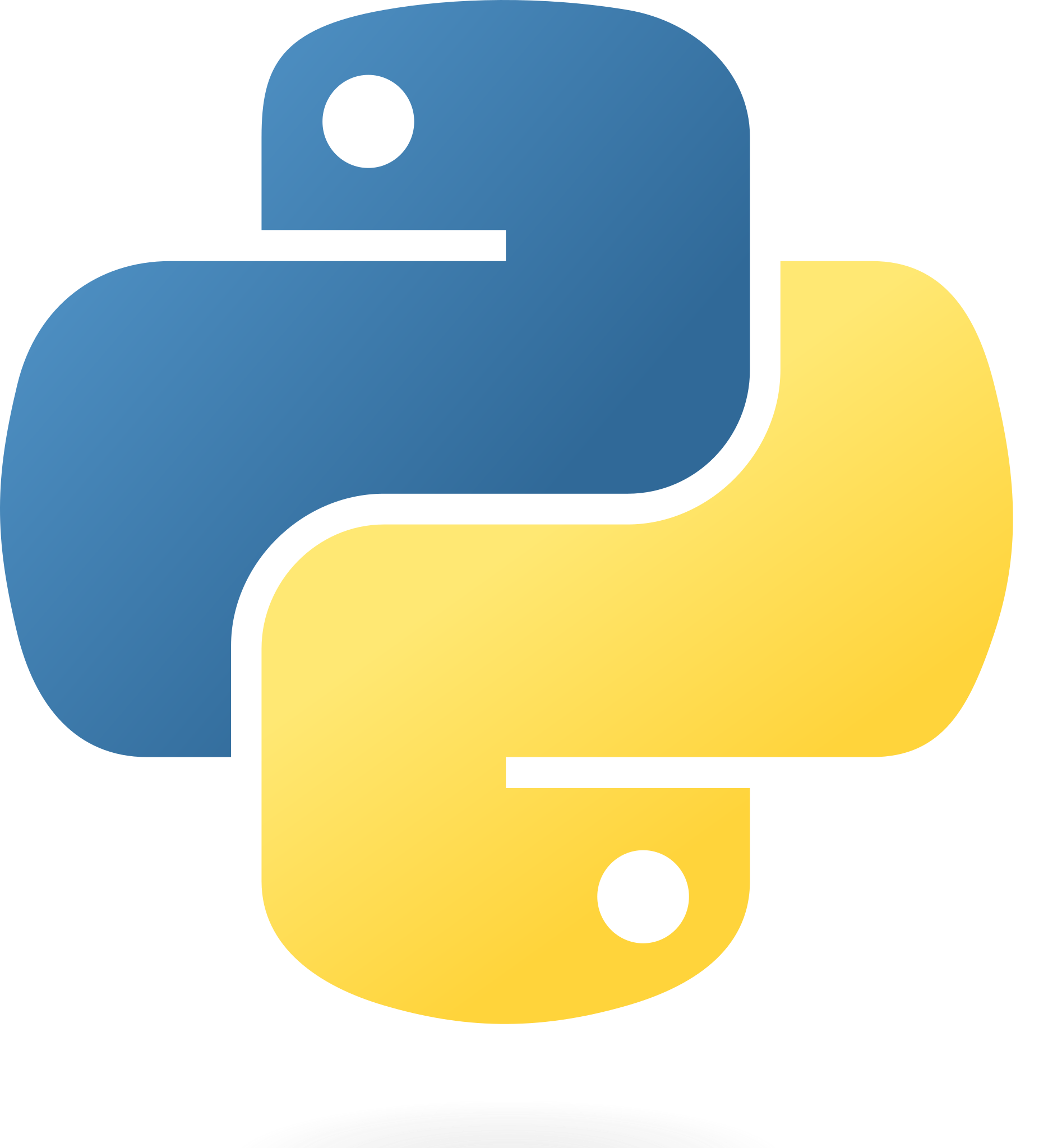If accessing via the tutorials you will already be authenticated with your BioLM account, otherwise please set your token as an environment variable
import os
# os.environ['BIOLMAI_TOKEN'] = "Your token here"from biolmai import BioLMExample API Call¶
We'll quickly demonstrate an API call
GFP_SEQ = """
MSKGEELFTGVVPILVELDGDVNGHKFSVSGEGEGDATYGKLTLKFICTTGKLPVPWPTL
VTTFSYGVQCFSRYPDHMKQHDFFKSAMPEGYVQERTIFFKDDGNYKTRAEVKFEGDTLV
NRIELKGIDFKEDGNILGHKLEYNYNSHNVYIMADKQKNGIKVNFKIRHNIEDGSVQLAD
HYQQNTPIGDGPVLLPDNHYLSTQSALSKDPNEKRDHMVLLEFVTAAGITHGMDELYK
""".replace('\n', '').strip().upper()# Make the POST request
result = BioLM(entity="esmfold", action="predict", items=[{"sequence": GFP_SEQ}])
resultYou can print these JSON results in an interactive format using iPython:
JSON(result)Next Steps¶
Check out additional tutorials at jupyter.biolm.ai, or head over to our BioLM Documentation to explore additional models and functionality.
See more use-cases and APIs on your BioLM Console Catalog.¶
BioLM hosts deep learning models and runs inference at scale. You do the science.¶
Contact us to learn more.¶
<span></span>
